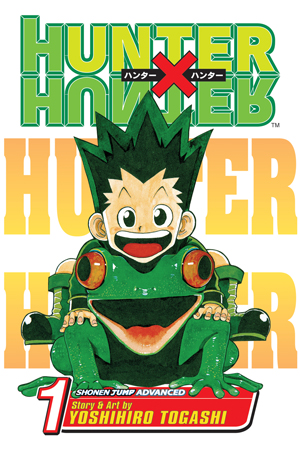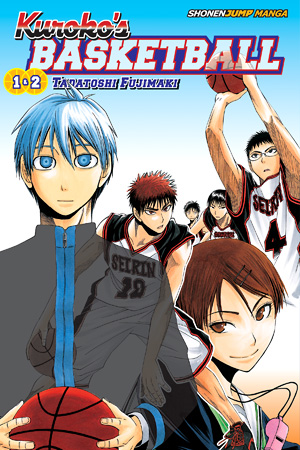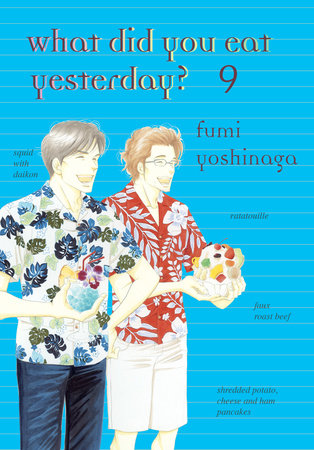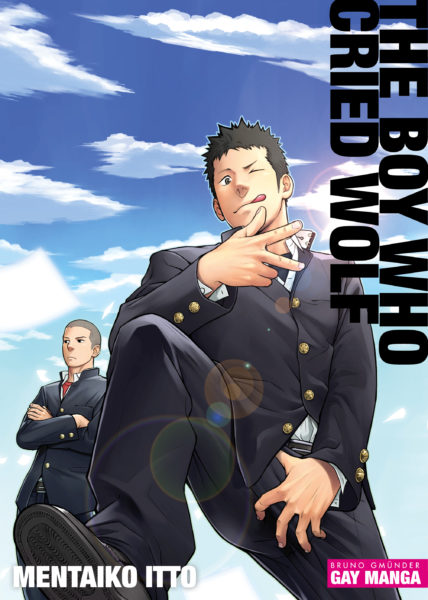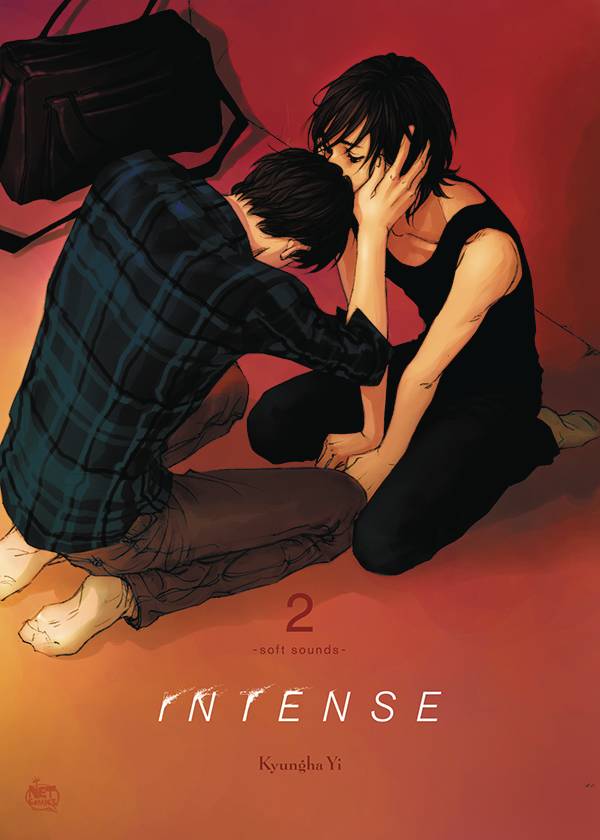My News and Reviews Happy New Year, everyone! 2016 may now be over, but there's still a little time left to enter Experiments in Manga's December giveaway. Tell me a little about your favorite …
Continue Reading about My Week in Manga: December 26, 2016-January 1, 2017 →
